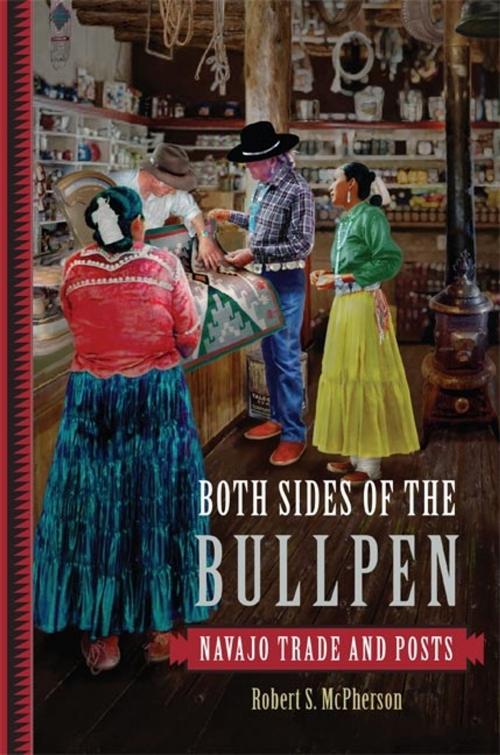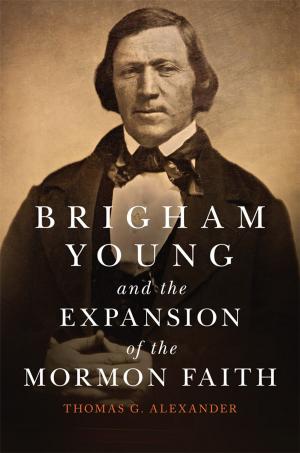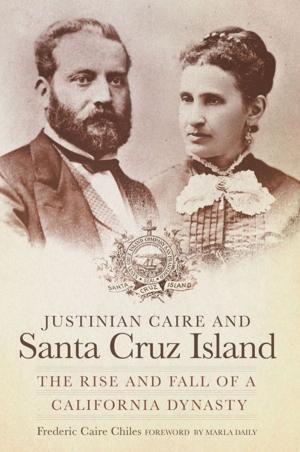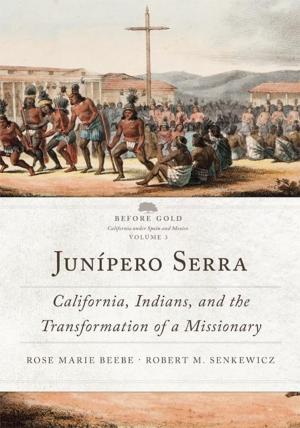Both Sides of the Bullpen
Navajo Trade and Posts
Nonfiction, Social & Cultural Studies, Social Science, Cultural Studies, Native American Studies, History, Americas, Native American, United States| Author: | Robert S. McPherson | ISBN: | 9780806159393 |
| Publisher: | University of Oklahoma Press | Publication: | October 19, 2017 |
| Imprint: | University of Oklahoma Press | Language: | English |
| Author: | Robert S. McPherson |
| ISBN: | 9780806159393 |
| Publisher: | University of Oklahoma Press |
| Publication: | October 19, 2017 |
| Imprint: | University of Oklahoma Press |
| Language: | English |
Between 1880 and 1940, Navajo and Ute families and westward-trending Anglos met in the “bullpens” of southwestern trading posts to barter for material goods. As the products of the livestock economy of Navajo culture were exchanged for the merchandise of an industrialized nation, a wealth of cultural knowledge also changed hands. In Both Sides of the Bullpen, Robert S. McPherson reveals the ways that Navajo tradition fundamentally reshaped and defined trading practices in the Four Corners area of southeastern Utah and southwestern Colorado.
Drawing on oral histories of Native peoples and traders collected over thirty years of research, McPherson explores these interactions from both perspectives, as wool, blankets, and silver crossed the counter in exchange for flour, coffee, and hardware. To succeed, traders had to meet the needs and expectations of their customers, often interpreted through Navajo cultural standards. From the organization of the post building to gift giving, health care and burial services, and a credit system tailored to the Navajo calendar, every feature of the trading post served trader and customer alike.
Over time, these posts evolved from ad hoc business ventures or profitable cooperative stores into institutions with a clearly defined set of expectations that followed Navajo traditional practices. Traders spent their days evaluating craft work, learning the financial circumstances of each Native family, following economic trends in the wool and livestock industry back east, and avoiding conflict.
In detail and depth, the many voices woven throughout Both Sides of the Bullpen restore an underappreciated era to the history of the American Southwest. They show us that for American Indians and white traders alike in the Four Corners region during the late 1800s and early 1900s, barter was as much a cultural expression as it was an economic necessity.
Between 1880 and 1940, Navajo and Ute families and westward-trending Anglos met in the “bullpens” of southwestern trading posts to barter for material goods. As the products of the livestock economy of Navajo culture were exchanged for the merchandise of an industrialized nation, a wealth of cultural knowledge also changed hands. In Both Sides of the Bullpen, Robert S. McPherson reveals the ways that Navajo tradition fundamentally reshaped and defined trading practices in the Four Corners area of southeastern Utah and southwestern Colorado.
Drawing on oral histories of Native peoples and traders collected over thirty years of research, McPherson explores these interactions from both perspectives, as wool, blankets, and silver crossed the counter in exchange for flour, coffee, and hardware. To succeed, traders had to meet the needs and expectations of their customers, often interpreted through Navajo cultural standards. From the organization of the post building to gift giving, health care and burial services, and a credit system tailored to the Navajo calendar, every feature of the trading post served trader and customer alike.
Over time, these posts evolved from ad hoc business ventures or profitable cooperative stores into institutions with a clearly defined set of expectations that followed Navajo traditional practices. Traders spent their days evaluating craft work, learning the financial circumstances of each Native family, following economic trends in the wool and livestock industry back east, and avoiding conflict.
In detail and depth, the many voices woven throughout Both Sides of the Bullpen restore an underappreciated era to the history of the American Southwest. They show us that for American Indians and white traders alike in the Four Corners region during the late 1800s and early 1900s, barter was as much a cultural expression as it was an economic necessity.















